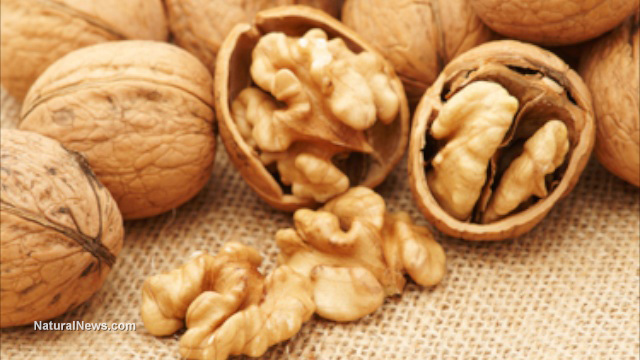According to new science, food choice quality matters as much as calories
08/20/2017 / By Frances Bloomfield

Though food quantity has long been associated with good health, food quality may in fact play a much bigger role, especially in mid to late adulthood. A long-term, high-quality diet can minimize the chances of developing cardiometabolic conditions later in life. That was the conclusion that researchers came to in a new multi-ethnic cohort study that was published in Obesity.
The 23-year-long study examined 2,000 participants hailing from five ethnic groups in Hawaii and Los Angeles; specifically, whites, African Americans, native Hawaiians, Latinos, and Japanese Americans. From 1993 to 1996, the participants answered food frequency questionnaires upon entry into the cohort study. In 2013 to 2016, they once again completed food frequency questionnaires during clinic visits. At these clinic visits, the participants underwent abdominal magnetic resonance imaging (MRI) scans and whole-body dual-energy x-ray absorptiometry (DXA) scans.
Instead of relying solely on body mass index (BMI), the team utilized four different measures of diet quality to assess the dietary intake of the participants. By doing so, they were able to better determine the effect of diet quality on visceral fat and liver fat. These diet quality measures allowed them to predict the likelihood of visceral adipose tissue (VAT) and non-alcoholic fatty liver (NAFL), two health conditions associated with obesity.
The team found that individuals who had the best or highest duality scores were 22 to 43 percent less likely to develop NAFL, and 35 to 59 percent less likely to have high VAT than the participants who had the lowest points.
Foods related to high VAT and poor diet quality included sugar-sweetened beverages, refined grains, alcohol, fat, meat, and potatoes; on the other end of the spectrum are vegetables, dietary fiber, and nuts, which the researchers noted “have shown inverse associations.”
“The message that diet quality, not just quantity, matters is important for everyone who wants to maintain both a healthy body weight and a healthy metabolism,” said study first author Gertraud Maskarinec, who is a professor of epidemiology at University of Hawaii Cancer Center. (Related: LA’s fast food ban fails to curb obesity; access to healthy, nutritious food is the solution)
Catherine Champagne, professor and chief nutritional epidemiology/dietary assessment and nutrition counselor at Pennington Biomedical Research Center LSU, has praised the efforts of the team and the results of their study. “All healthcare providers should care about this research if their goal is to improve the health status of their patient population,” Champagne told ScienceDaily.com. “There is benefit associated with both long-term adherence to a healthy diet and to encouraging individuals with poor diets to adapt a healthier diet.”
The Healthy Eating Plate
To help people make better and healthier food choices, nutrition experts at the Harvard School of Public Health put together the Healthy Eating Plate. This simple yet detailed guide puts forth what the ideal plate should like:
- Vegetables and fruits should take up half of the plate. The more colorful the fruits and vegetables, and the greater variety, the better. Potatoes and potato products don’t count due to their effect on blood sugar, however.
- Whole and intact grains like brown rice and quinoa should occupy one-fourth of the plate.
- The same goes for healthy protein such as beans, chicken, nuts, and fish; limit consumption of red meat and processed meats like sausages and bacon.
- Healthy plant oils are best for cooking or drizzling on salads, but partially hydrogenated oils should be avoided.
- Water, tea, or coffee should accompany every meal in lieu of sugary drinks. Two servings of milk and dairy products daily should suffice, while juice should be limited to a small glass a day.
To read up on more stories about fitness and health, simply go to Slender.news today.
Sources include:
Tagged Under: diet, fitness, food quality, food science, healthy eating, ingredients, non-alcoholic fatty liver, nutrients, nutrition, obesity, visceral adipose tissue




















